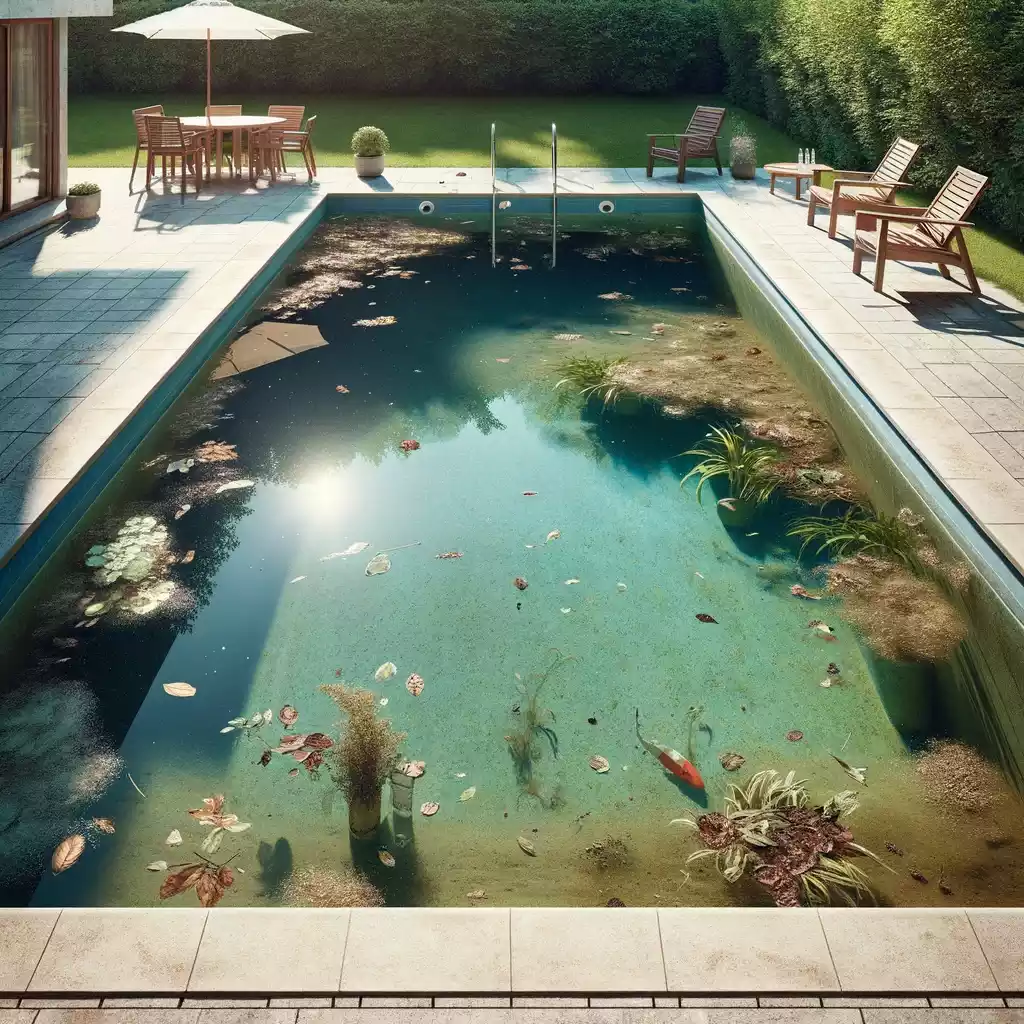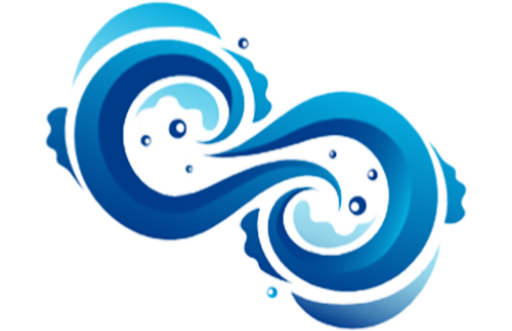In the maintenance and cleaning of swimming pools, there is often an important question: should algae in the water be killed first, or should disinfection be done first? This may seem like a simple question on the surface, but it is a central principle of water quality control and pool hygiene. Based on this, the specific process of pool cleaning is detailed, and steps such as algae control and disinfection are explained in detail, along with corresponding cleaning methods.

This is a straightforward issue. The standard cleaning procedure for swimming pools begins with the elimination of algae, followed by pH adjustment, disinfection, sedimentation, and adsorption. This procedure ensures a more effective and thorough cleaning.
The correct steps for pool cleaning are as follows
First, it is essential to effectively pool algae control. The presence of algae not only reduces water clarity but also provides a breeding ground for bacteria and viruses. Using appropriate algaecides can effectively eliminate harmful organisms in the water, laying the foundation for the next cleaning steps.
After eliminating algae, the next step is to adjust the pH of the pool. Maintaining the chemical balance of the water is crucial for disinfection effectiveness and the comfort of swimmers. It is best to maintain a pH level between 7.2 and 7.8 to ensure disinfection and swimmer comfort.
Once the pH is adjusted, the next step is sterilization. Disinfection is essential for eliminating bacteria and viruses in the pool water. Chlorine tablets or other disinfectants can be used to kill bacteria and ensure water cleanliness and safety.
After disinfection, some pollutants and dead organic matter may form sediment. During the sedimentation process, this debris will settle at the bottom of the pool, making it easier to clean.
The final step is “pool vacuuming.” This step involves using a pool vacuum or other cleaning tools to remove sediment and debris from the bottom and surface of the pool. Keeping the pool bottom and surface clean is key to maintaining overall water quality.
The reason for eliminating algae first is that if only disinfection is done, it cannot thoroughly kill the algae already growing in the water. In addition, after algae removal, a second disinfection is required, which complicates the cleaning process. Therefore, starting with algae control provides favorable conditions for subsequent disinfection work.
Trichloroisocyanuric acid can be used as a disinfectant. This product is designed for professional pool disinfection, with stable storage and simple operation. Its hydrolysis product, sodium isocyanurate, can effectively prevent damage to disinfection efficacy from light exposure, ensuring long-lasting and stable disinfection effects. Proper disinfection and algae control are essential to ensure the cleanliness and safety of pool water, creating a healthy and safe swimming environment for swimmers.
In summary, pool cleaning and maintenance are a systematic process, and the sequence of algae control and disinfection must be carefully considered. To ensure water quality safety and hygiene, it is recommended to treat algae and organic matter in the water before disinfection. Following this order allows for more effective maintenance of pool cleanliness and hygiene, providing a safe and comfortable swimming environment for swimmers.

 Instant
Quote
Instant
Quote Email
Us
Email
Us